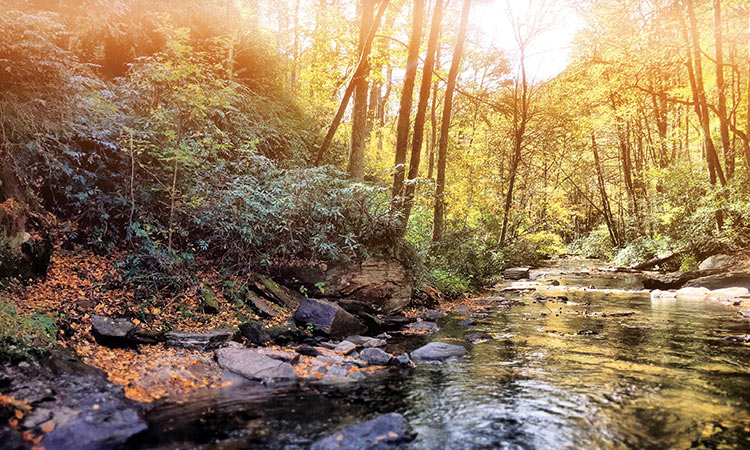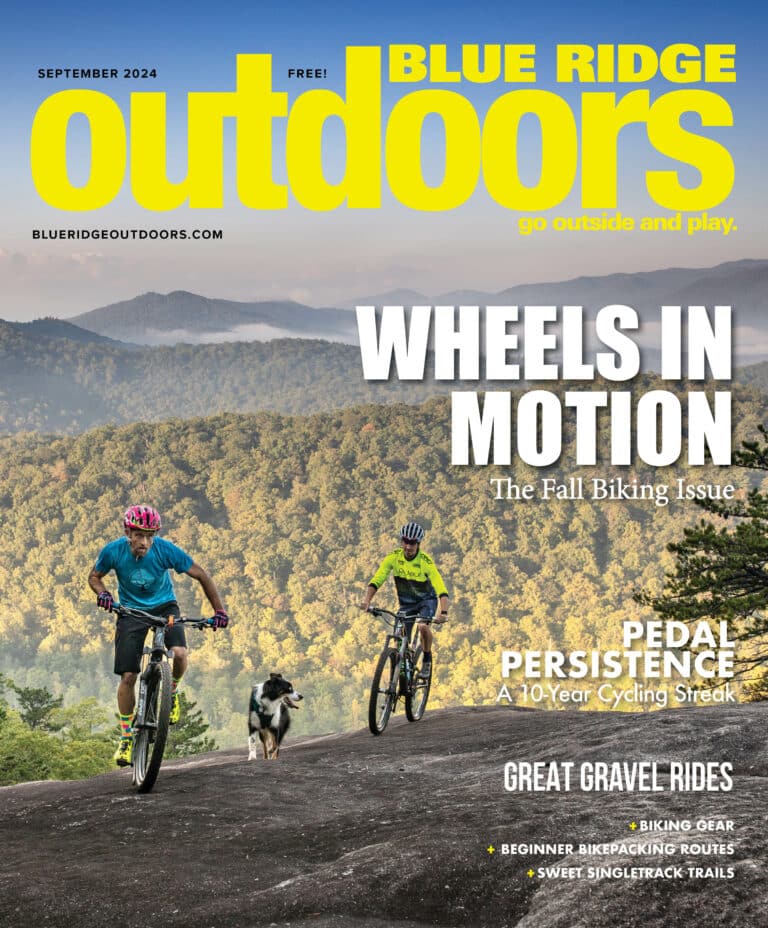The public overwhelmingly wants more protections for Pisgah.
The results are in. Nearly 15,000 comments have flooded the Forest Service as it prepares to release a 20-year management plan for the Pisgah-Nantahala National Forest. This plan will decide how much forest will be cut and how much will be protected.
98 percent of the comments support stronger protections for the forest.
The University of North Carolina at Asheville and Blue Ridge Outdoors Magazine read and analyzed all 14,577 comments submitted to the Forest Service as of April 2, and 14,278 favored more protection for Pisgah. 261 comments, or 1.8%, advocated for more logging and fewer protections. (38 comments, or 0.2% were miscellaneous comments unrelated to the forest plan.)
The results are not entirely surprising. Overwhelmingly, most users of the Pisgah-National Forest are outdoor enthusiasts who want to protect the places where they play. According to the Forest Service’s 2014 Forest Assessment, the vast majority of visitors to Pisgah-Nantahala National Forest are hikers, bikers, runners, paddlers, climbers, anglers, naturalists, photographers, and nature-seeking outdoor enthusiasts.
And their numbers are increasing. The Pisgah-Nantahala National Forest is the second most-visited national forest in the country. Seven million people visited the Pisgah-Nantahala last year, and most of them came to hike, camp, and enjoy its scenic wonders.
PLACES NEEDING PROTECTION
Public comments focused on safeguarding these 20 areas of Pisgah national forest most often (from the 2018 Pisgah-Nantahala Forest Plan Public Comments analysis):
- Big Ivy/Craggy
- Snowbird WSA
- Overflow WSA
- Harpers Creek/Lost Cove
- Black Mountains
- Linville Gorge
- Daniel Ridge/Farlow Gap
- Cedar Rock
- Bald Mountains
- Tusquitee Bald
- Art Loeb Trail
- Appalachian Trail
- Mountain to Sea Trail
- North Mills River
- Shining Rock/Middle Prong
- Upper Santeetlah
- Joyce Kilmer Extension
- Panthertown Valley
- Tellico
- Cheoah Bald
Increasingly, visitors are coming from Charlotte, Raleigh, Atlanta, Knoxville—and beyond. They are bringing tourism dollars and helping to revitalize many areas of Western North Carolina. Today, the forests’ scenery and recreational opportunities are worth more than the short-term profits from board feet of timber. Logging has played an important role in Western North Carolina’s history, and some timber harvests can certainly continue in the 1.1-million acre forest. But in the 21st century, recreation and tourism are the economic engines of the mountains. Pisgah-Nantahala’s forests are now far more valuable standing than cut down.
Despite the clear economic benefits and widespread public support for more protections, so far the Forest Service has not responded with any new permanent protections.
Instead, their preliminary draft plan released last year calls for substantial increases in logging throughout the Pisgah-Nantahala. Iconic footpaths like the A.T., Mountains to Sea Trail, Benton Mackaye Trail, Bartram Trail, and Art Loeb Trail are largely unprotected from logging. Most of Pisgah’s world-class singletrack would be open to timber harvests, too. Over 25,000 acres of old-growth forests are unprotected. And over 155,000 acres of special recreational and biological areas—including many trout streams, whitewater creeks, and drinking water sources—are also vulnerable.
The people have spoken. 98 percent want these public lands protected and unspoiled for their kids and grandkids to enjoy. They want the Forest Service to invest in the future. They want the forest plan—scheduled to be released this summer—to reflect 21st-century priorities. They want the Forest Service to fulfill its mission of providing the greatest good for the greatest number in the long run.
We are hopeful that the Forest Service will draft a forest plan that recognizes the overwhelming public support for stronger protections in the Pisgah-Nantahala. This national forest belongs to all of us.

Will Harlan, Editor-in-Chief







